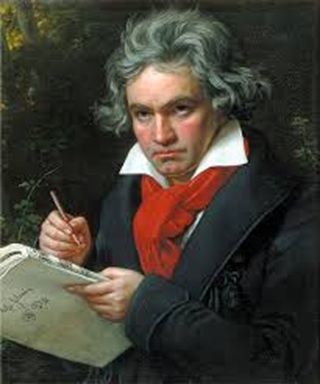2/11/2021 Is is mid-February. Be consoled by Liszt "Six Consolations"
- Emi Igarashi / Editor

- Feb 11, 2021
- 2 min read

Barton-Hill’s selection is “Consolations” by Franz Liszt. It is also called in the original French “Consolations, Six Penseés poétiques” (Consolations, six poetic thoughts). Vladimir Horowitz often played No. 3 in D flat major for encore, which is considered also one of his favorite-romantic works.
Of the total of 6 pieces, the one that is played very often is No. 3 in D flat major.

It is interesting to compare how different performers play the No. 3 in D flat major. I chose pianists I like, including Arthur Rubinstein (one of the best pianists in romantic performances, including Chopin), Daniel Barenboim (a pianist and a conductor), and Alicia de Larrocha (a Spanish pianist and one of the leading pianists of the 20th century).

“Consolations, Six Penseés poétiques” (Consolations, six poetic thoughts) are composed with 6 small pieces of music in total:
No. 1 in E major, Andante con moto, quiet chorale-style piece
No. 2 in E major, Un poco più mosso, a relaxing rising sound and free style music
No. 3 in D flat major, Lento placido, the most famous among the six
No. 4 in D flat major, Quasi Adagio, a chorale-style piece like No. 1
No. 5 in E major, Andantino, Impressive bass dotted rhythms
No. 6 in E major, Allegretto sempre cantabile

A full recording of “Consolations, Six Penseés poétiques”
”Consolations” are among the best-known piano works by Franz Liszt. Their popularity is due not only to their expressive and lyrical characters but also to their relatively moderate (thus amateurs can play) pianistic demands. Presumably, Liszt was inspired by Charles Sainte-Beuve's collection of poems, and this set of six pieces provides a wonderful introduction to Liszt's melodic invention, mood evocation and harmonic language. These pieces are successful when performed individually as well as in various combinations. Particularly No. 3 is played frequently for an encore piece at concerts and used as a requisite for student piano competitions.
.png)



Comments